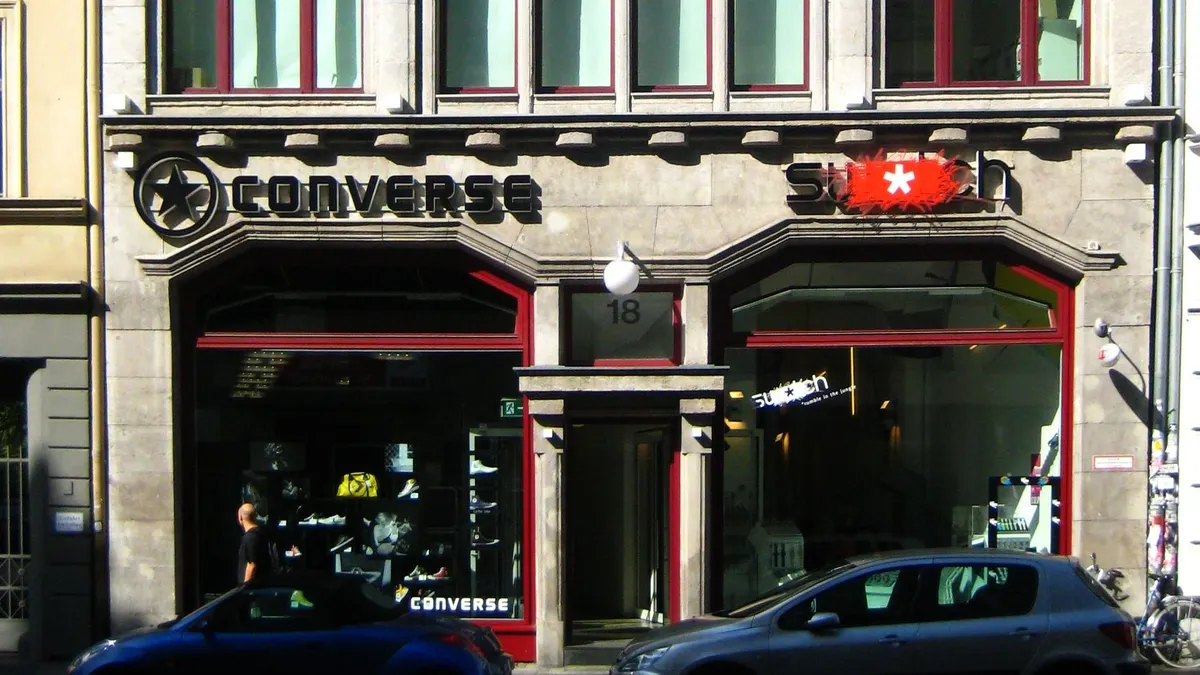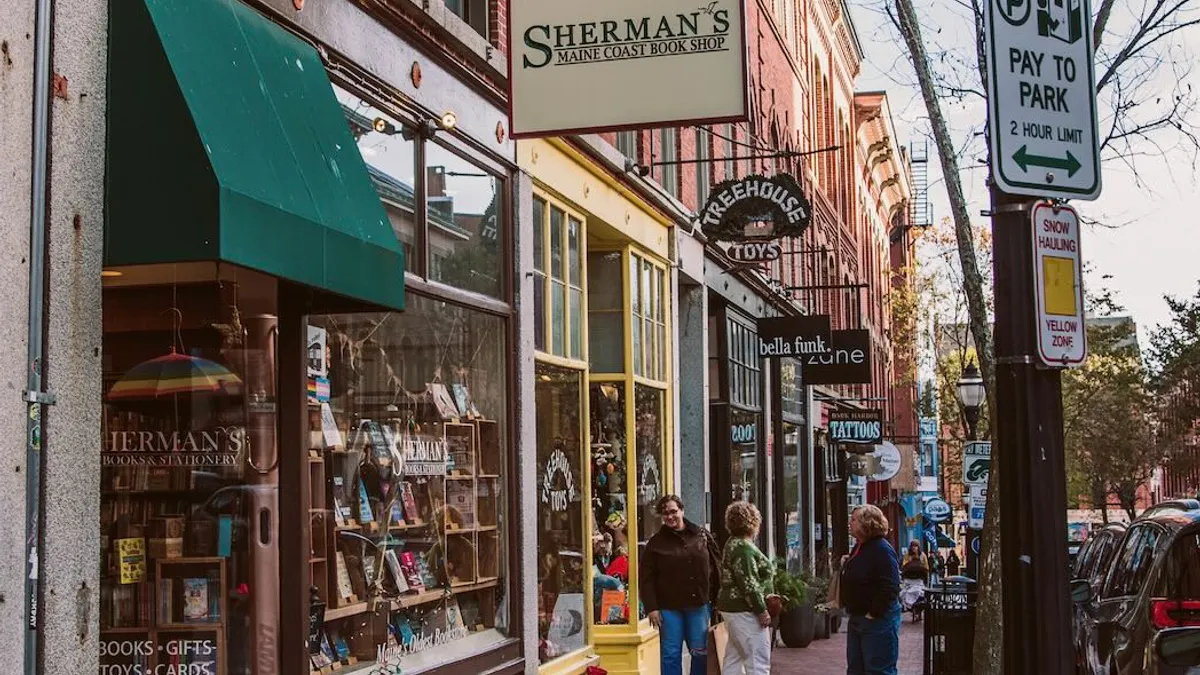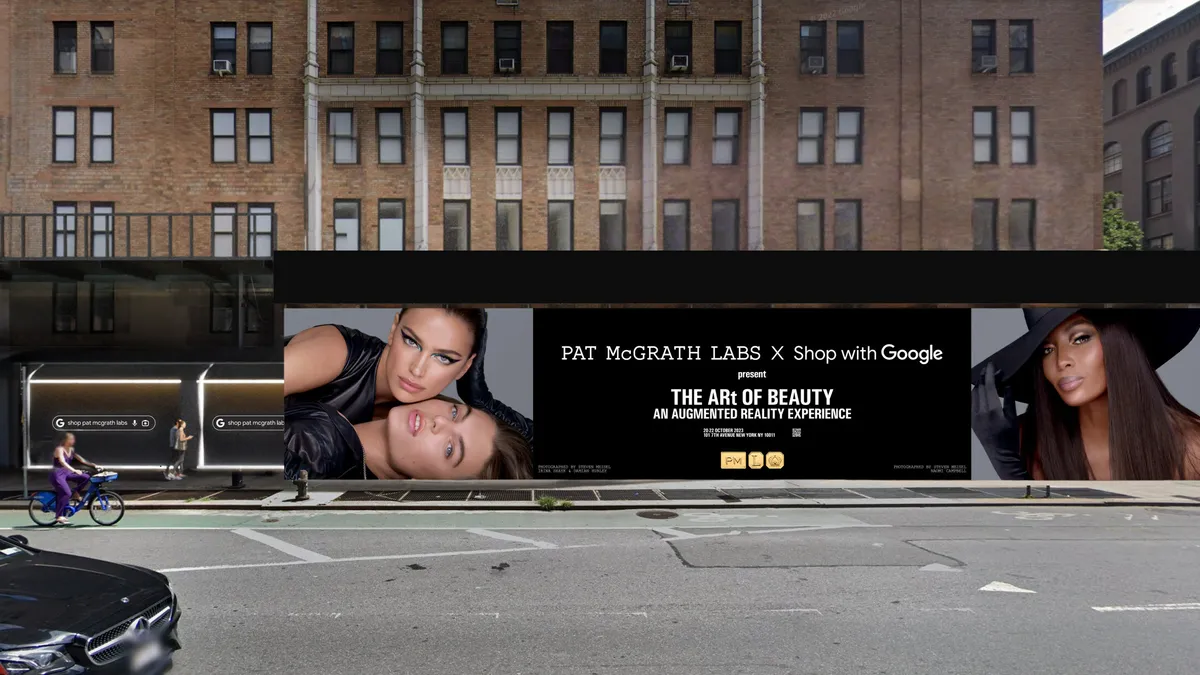The following is a guest post by Bob Phibbs, CEO of New York-based consultancy The Retail Doctor.
Many brick-and-mortar stores are losing money, but it's not because of online giants luring shoppers away with big discounts and VR. Instead, too many retailers don't realize that bringing shoppers into stores and converting browsers into buyers is all about being more human in an increasingly inhuman world.
My recent visit to the Neiman Marcus flagship store in Dallas illustrated exactly this. It became clear why the retailer is over four billion dollars in debt and why people are wondering how much longer they will be around.
While my shopping trip began with pleasant greetings from store associates, that's where the interactions essentially ended. When we got to the store, my friend and I were welcomed as we found our way upstairs to the men's department. As I started to look around, I could hear two associates in the men's shoe section talking loudly to one another. Other salespeople were positioned around the floor, simply standing or watching. Walking past sale racks that looked decades old and were overflowing with unsold designer apparel, I continued on to a section filled with unremarkable dark clothing. I picked up one item of clothing, then quickly put it back and moved on. No salespeople approached me.
After a while, my friend held up a Robert Graham shirt from the sale racks and said, "This looks like you." I reluctantly looked around for a fitting room to no avail. I decided my best option was to try it on right there in the middle of the store. I found a mirror and liked the fit.
Then I looked down to the sale rack and noticed a distinct plum leather jacket for 20 percent off. I sorted through the rack and, finding one in every size, I slipped on a large. Again, no comment or help from the store associates.
After searching for someone to ring up my items, I finally checked out. The associate chose this, of all moments, to suggest that my new purchases would look really good with a pair of black pants. By that point, they were too late and I'd had enough. There was no chance I was sticking around to shop more.
Luxury brands have an outdated notion that service means remaining on the sidelines and acting aloof until the shopper asks for something. That's not what shoppers want. People go into a store to experience a feeling. When they feel like they're in a fishbowl or being ignored, it doesn't exactly inspire spending.
What should have happened in Neiman Marcus? If the employees had proper sales training, they would have known to engage with me when I showed interest in an item or led me to a fitting room once I was changing in the middle of the store. If there had been any effort to help me while I was browsing, I would have been likely to try on the black pants — or any one of hundreds of other items an associate could have brought over.
Neiman Marcus lost out on a lot in that sale. Not only could they have easily sold me on more items, but I liked the plum jacket so much that I would have paid full price. Instead, it ended up on a sale rack because no one took the initiative to get that unique plum jacket out the door in the first place.
Even more eye opening is that I never would have purchased these items online. I wasn't looking for a Theory plum leather jacket. I wasn't looking for a Robert Graham shirt. That's a retailer's secret weapon against online: I estimate 90% of shoppers are in discovery phase when they walk in and are open to buying something they hadn't thought of. That's why 90% of all retail sales are still done in a brick-and-mortar store.
Neiman Marcus could have taken all the trust I had in the brand and turned it into a big sale. Instead, employees waited idly by and watched money walk away.
My experience at Neiman Marcus isn't uncommon – I've had comparable experiences at many major brands including Nordstrom, Dick's Sporting Goods and Best Buy. On the other hand, I have experienced true customer service at Wilkes Bashford and others.
So many retailers are in trouble because of their unwillingness to craft and execute a branded shopping experience. Any store whose associates simply twiddle their thumbs when shoppers enter and wait for them to ask for help is going to be in big trouble. A recent survey I conducted with Oracle NetSuite and Wakefield found that a majority of respondents felt negative emotions — confused, anxious and overwhelmed — the last time they visited a store and contrary to popular belief, millennials actually want store employees to help them.
When shoppers are not a priority, stores crash and burn. If Neiman Marcus wants to drive and maintain foot traffic at its new location in Hudson Yards, the experience has to be all about the customers.
Many retailers have given up on the trust equity they have with their customers. They assume people now only shop for products they need. That's a big mistake — shoppers still trust the brand to deliver something different than a competitor or online retailer. Filling a store with the latest brands means nothing if employees don't engage the shopper to try it on and take it home.
Retail success is not about beacons, check-ins, discounts and VR. It's about helping shoppers feel less stressed, more confident and more welcome. It's about making someone's day. When retailers do that, merchandise they thought would give them the edge — like a plum leather jacket — doesn't have to be marked down.


















